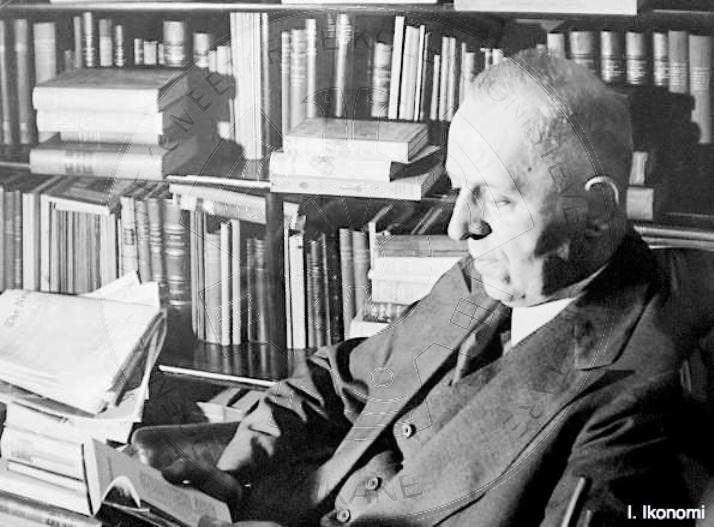A wonderful photograph showed Konica reading through a pile of books, sitting on the armchair, with four flutes on the left. Konica gives us a little bit of the value of a good book when she tells how an evening drinking tea made her read from his library “The Prometheus” of Aeschylus, written 2400 years ago. Eskily speaks of some truths about human nature that have not changed to this day, so much as they make that book as it was written yesterday.
Coming from a post-communist legacy, Albanian readers after the 90s have been massively difficult to perceive the freedom of the text.
The official proclamation of the literature of socialist realism had in mind the “food” that this literature would hold for readers of dictatorship: propaganda. Among others, orientations should be the young man; The individuality of literature disappeared, the collective norm … The literary tradition and the movement that broke out in the 1930s to 40 with the aim of awakening conscience and cultivating the act of thought were completely destroyed in ’49, holding the Second League of League Writers and Artists.
After the 90s, the sporadic return of literature and publicity of those years have not yet fulfilled the abyss where the Albanian literary tradition and tradition were thrown.
However, in these endeavors, we are already full of one of the protagonists of the 30s and 40s, Faik Konica, thanks to the work of VOA’s historic journalist Ilir Ikonomi.
In this contribution, which occasionally fades and sometimes finds an opportunity to emerge, Konomi has revealed in the social network today, alongside the unexpected events that have accompanied his work process for the construction of the Konica biography, but also the suburbs that apparently do not Importance, but serve an aesthetic purpose of human personal exaltation.
In this context is the note of the Ikonomi when talking about finding Konica’s rare photo in ’39, coupled with his report with books, understanding as a reader.
Here is the full note of Ikonomi, with a sigla: “Konica between books”: Faik Konica was a great bibliophile. He devoured books, remembered well, and was part of his work. I like the way he cited what he was reading. When I was writing his biography, I was afraid I could not find a photo of Konica with books. One day I went to the Library of Congress in Washington, took a few hours and found two unfamiliar photos, one of which was his iconic portrait, which Konica had apparently distributed to the press in 1926 on the occasion of starting work as King Zog’s minister in US; The other was made on April 7, 1939, the day of Albanian invasion by Italy-Konica listening sad news. In none of them were his famous books. I was lucky to see that one of the Library staff realized it was an extraordinary Albanian and promised to ask me in a deposit depicting old American newspaper photographs. The answer came quickly. A wonderful photograph showed Konica reading through a pile of books, sitting on the armchair, with four flutes on the left. Different people understand the book differently. Konica gives us a little bit of the value of a good book when she tells how an evening drinking tea made her read from his library “The Prometheus” of Aeschylus, written 2400 years ago. Eskily speaks of some truths about human nature that have not changed to this day, so much as they make that book as it was written yesterday. “A forty-letter booklet, writes Konica. -He can raise a baby with the tip of a finger that this booklet is as light as a feather. And it’s not just a book. It’s a monument. A monument so important that united gigantic people can not play from the country. ”
For the published photo, Ikonomi says that “this immortal photo, which gives us the great Konica in its real world, was made in April 1939.”
Get it from mapo.al

